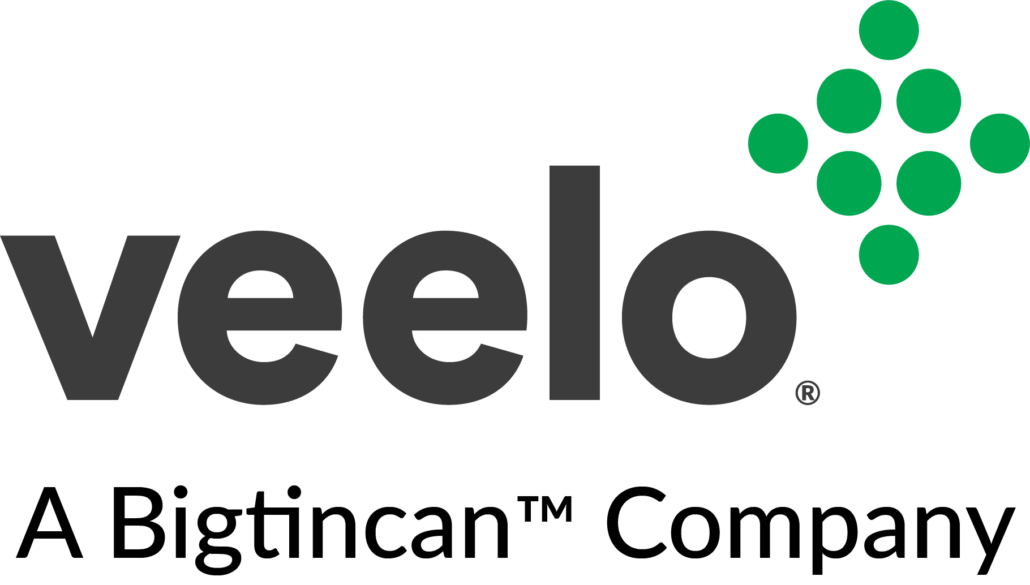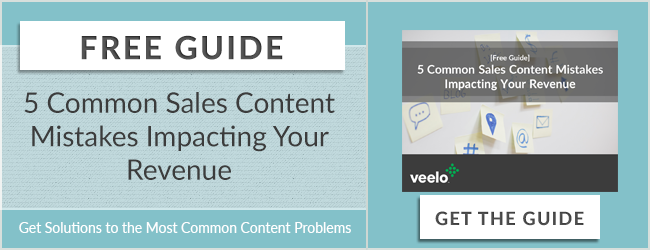5 Sales Enablement Mistakes to Avoid
Contrary to popular belief, there’s a whole lot more to sales enablement than just sales training. And due to the complexity—and relative newness—of the role, mistakes are inevitable. We’ve found that most sales enablement professionals get about 80 percent of the role spot on, but sometimes slip on the last 20 percent. Let’s zero in on some of the mistakes that can be easily avoided.
Before we get into the mistakes, it’s always helpful to level-set by going over the common definitions of sales enablement:
Forrester defines sales enablement as “a strategic, ongoing process that equips all client-facing employees with the ability to consistently and systematically have a valuable conversation with the right set of customer stakeholders at each stage of the customer’s problem-solving life cycle to optimize the return of investment of the selling system.”
IDC uses a slightly different, yet simpler definition: “[Focus on] the delivery of the right information to the right person at the right time in the right format and in the right place to assist in moving a specific sales opportunity forward.”
The common theme shared by these two definitions, and just about every other definition, is helping sales people have more valuable conversations with prospects that are more likely to lead to won deals.
The common challenges that sales enablement sets out to solve
If you’re in marketing or sales, you already know that sales is no easy feat. As the sales organization scales, more challenges begin to surface. By having a plan and building a strong foundation, you can avoid those challenges from compounding on each other and mitigate as much headache as possible. The most common, widespread challenges have to do with productivity and effectiveness. To add some further context, let’s look at a few stats which help to convey why there’s such a rise in demand for sales enablement.

Don’t worry, sales enablement pros, we’ve got your back.
The Five Common Mistakes
Mistake #1: Attack Sales Enablement as a Content Problem
The first, and one of the most common mistakes we see is treating sales enablement as a content problem. We know that only one-third of content gets used by sales, which means there’s either too much content or the content is scattered across too many repositories, making it hard to find.
The common solution we then see, is enablement professionals conducting a content audit and attempting to consolidate repositories down to one (or as close to one as possible).
While both of those practices are certainly ok, and in most cases recommended, they fail to consider a key issue – sellers can’t find what they don’t know exists. Additionally, content itself doesn’t sell, sellers do. If the seller can’t articulate value, then easier access to content alone won’t fix your enablement problem.
Suggested considerations:
- Provide coaching alongside content so that sellers can have better conversations.
- Prescriptively recommend the right content at the right time so that sellers don’t need to waste time searching for content that may or may not exist.
- Give sellers visibility into how prospects are engaging with shared content.
- Engage with sales to create content that they need to drive higher quality selling conversations.
Mistake #2: Over-Reliance on Technology to Solve Everything
Another mistake we see repeatedly is an over-reliance on technology as the solution to content disarray.
Technology can certainly play a valuable part and help keep things organized, but treating it like a silver bullet can create more problems. It’s easy to conclude that by investing in a one-stop shop for sales reps will save them time, but more time doesn’t automatically mean more sales.

Before rushing to invest in technology, consider the following:
- Ensure that you have content created with input from the sales team so that it can better aid selling conversations.
- Develop content for each sales stage and be sure to cover the whole process.
- Align marketing content with sales training and methodology.
Mistake #3: Buy for Marketing Bells and Whistles
Marketing doesn’t get off easy here either. Marketers are often notorious for buying the newest, most shiny tool out there in hopes of better data and reporting. Marketers are increasingly pressured with attributing content and efforts to revenue, but with that pressure comes an interest in new technology.
The problem with a marketing centric approach in purchasing an enablement solution is that reports alone don’t improve sales. They may improve the ability to admire the problem but won’t actually change behavior. In fact, if sales feels as though there’s more oversight without any benefit to the rep, efforts often come to a halt.
Consider the following:
- Take the sellers needs into account first and prioritize them.
- Ask yourself, will this improve their performance?
- Does it fit into their daily workflow? Sellers have enough tools to worry about; they don’t need any more to keep them from selling.
- Drive your tech solution requirements with a seller centric POV.
Mistake #4: Saving Sellers Time
Saving sellers time seems to be a top priority for many sales organizations. Sellers are spending nearly 70% of their time on tasks other than selling – searching for content, admin tasks, building content, etc.
You’re probably thinking, “I don’t think saving my sellers time is a mistake,” and you’re right. However, it is important to remember that time alone doesn’t help sellers to sell better. Time doesn’t equal performance, so rather than focusing too much on a tool that will only help save them time, place equal emphasis on a solution that can help them improve their selling skills.
Key considerations:
- Provide just-in-time coaching as well as knowledge reinforcement to help drive a boost in skills.
- Beware of another sales portal.
- Companies with quality sales coaching programs saw a 19 percent sustained improvement in sales rep performance (Sales Executive Counsel).
Mistake #5: Measure Efficiency vs. Performance
So we’ve talked about these common stats already:
- 70% of sales reps time spent is on tasks other than selling.
- 65% of sales reps say they can’t easily find content.
- Only 30% of content is used by sales.
Let’s assume that you’ve come up with a solution and you start to measure things like time saved, content reduced and content used. This is great, and definitely a step in the right direction, but efficiency is only the tip of the iceberg. Efficiencies like cost reduction and time saving are great, but you’re only reducing the cost portion of things; it’s not actually improving sales.
According to Kissmetrics, 85% of companies don’t measure the impact of their content on sales.
Key considerations:
Before starting a new program, process or using a new technology, develop baseline performance metrics to identify any correlations between your new strategy or tool and bottom line performance.
- Measure rep performance – before and after implementing new process/tool.
- Measure direct correlation of content’s role in moving deals through sales pipeline.
- Measure prospect engagement with your content.
Have you caught on to the common themes yet? Let’s review them briefly:
Sales people need to be your focus. Better sellers mean better sales. Improving efficiency and reducing waste is great, but if that’s all you’re doing, you’re only tackling half of the problem. Don’t forget about the other half – performance.
Processes, tools and technology are just a means to an end. Be sure to have an objective. We recommend measuring a baseline that is performance-based. Once you have your baseline, then you can implement your new process or tool to see what effect it has on that baseline number.
And finally, sales and marketing alignment is absolutely critical to success. New processes or tools will never realize the full potential without alignment between the sales and marketing functions. With both teams aligned and in agreement, we can work together to maximize efforts and results.



